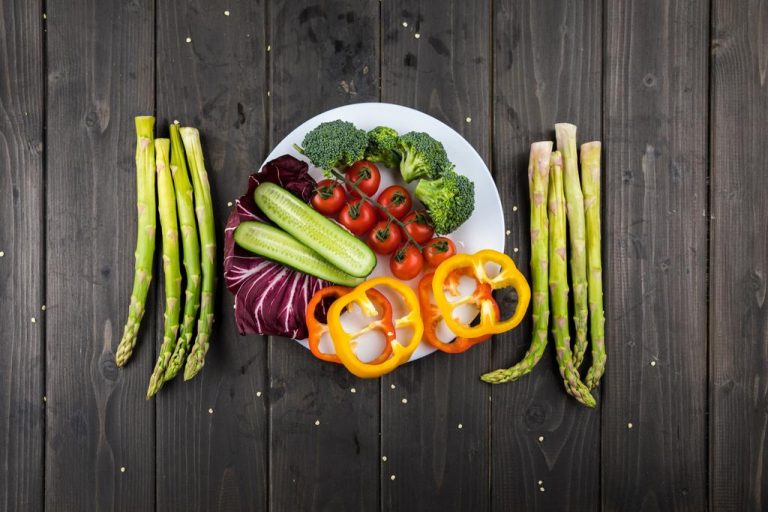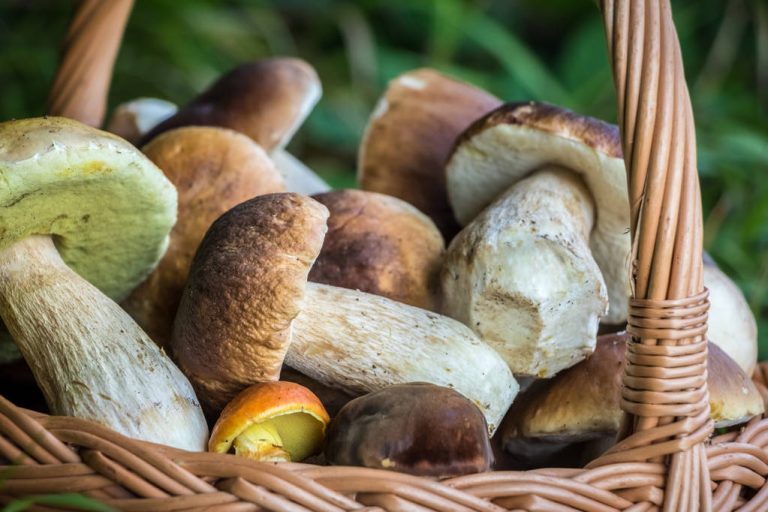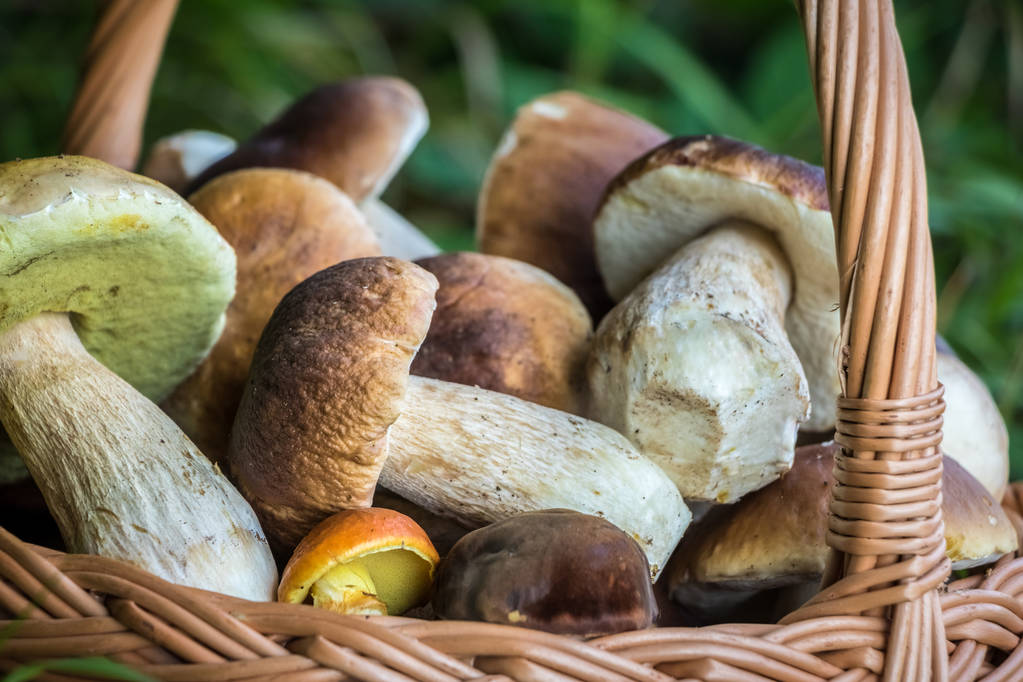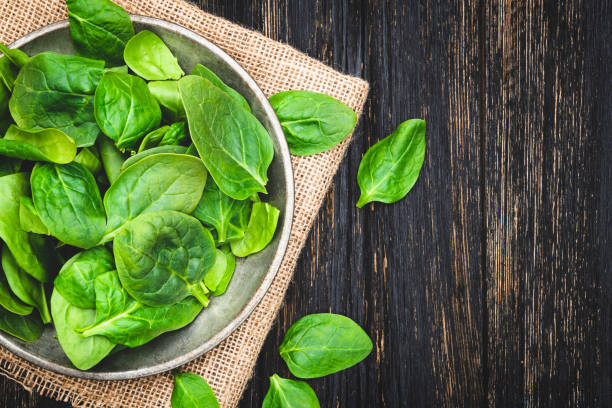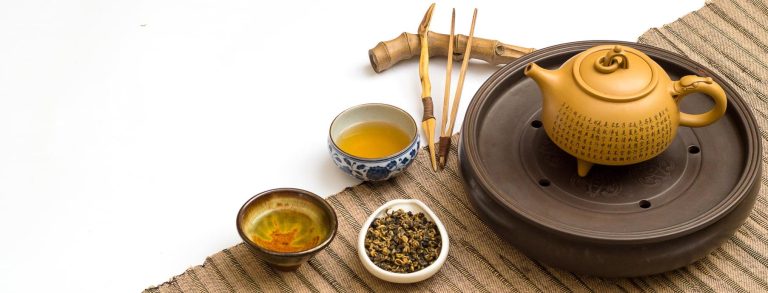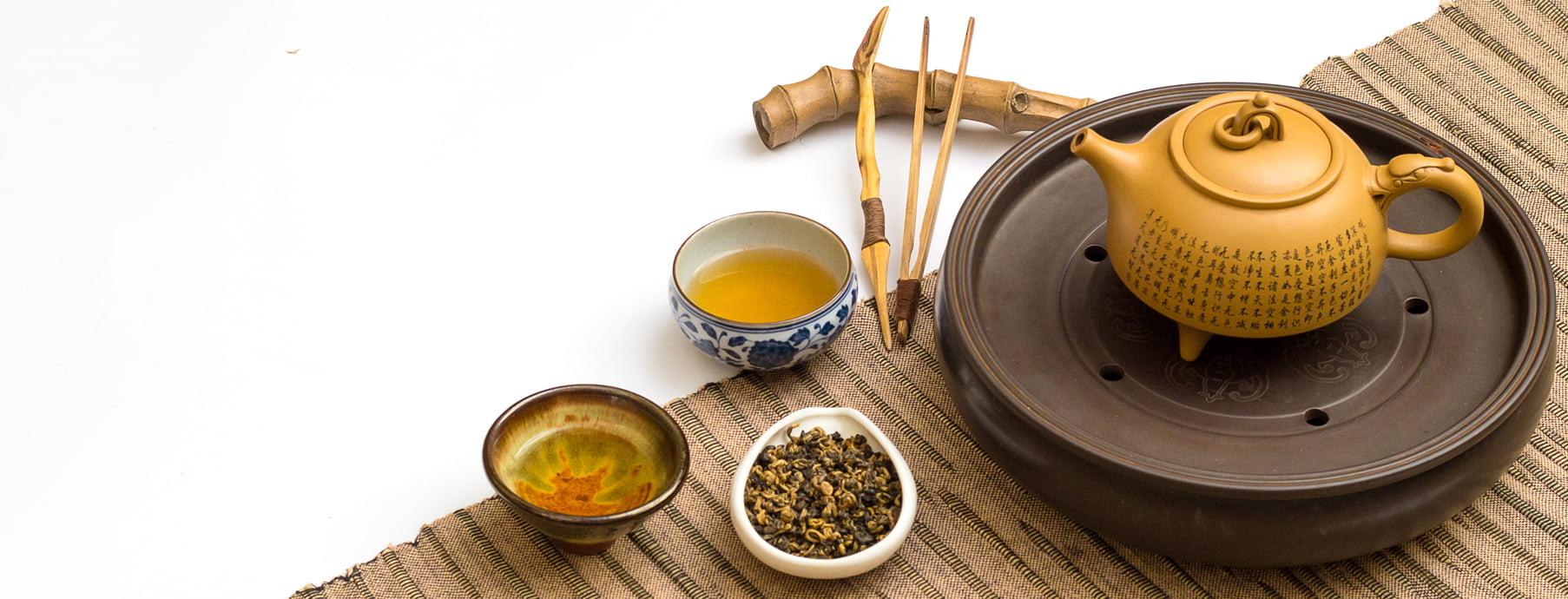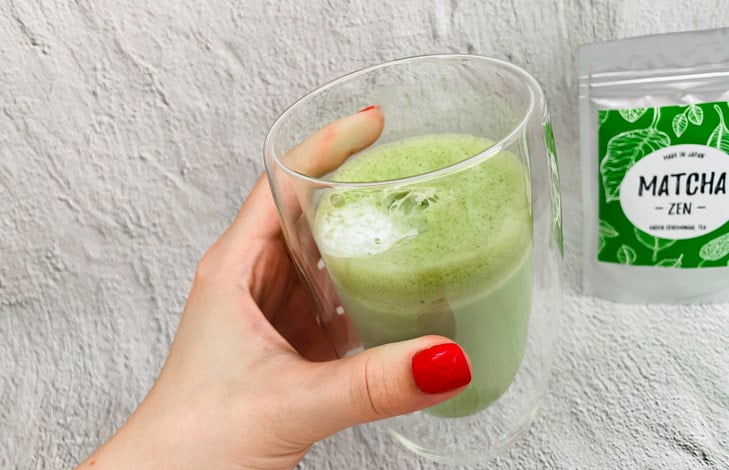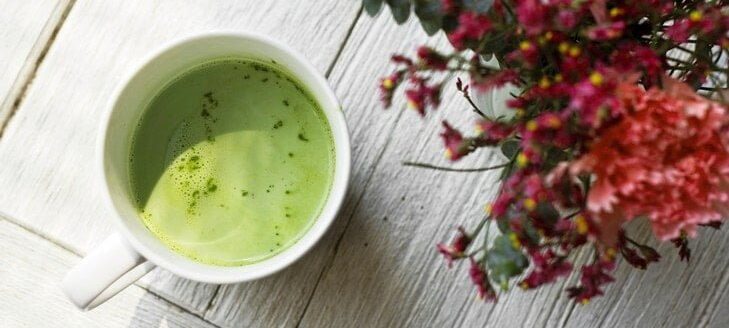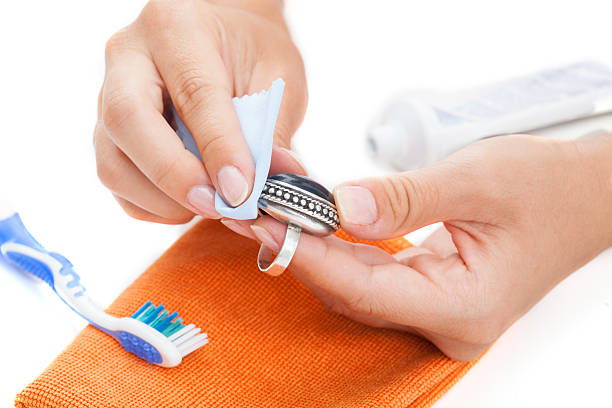Steamer for very healthy, nutrient-friendly, and energy-efficient cooking. The food can be prepared gently by steam cooking. In addition, you can better preserve the color and taste. We’ll tell you why a device for steaming is worthwhile.
Steaming has been used in cooking for centuries. So it is by no means a newfangled invention. Rather, this way of cooking has been rediscovered. Because it allows you to serve healthy food that saves on fat.
The healthy way to prepare food
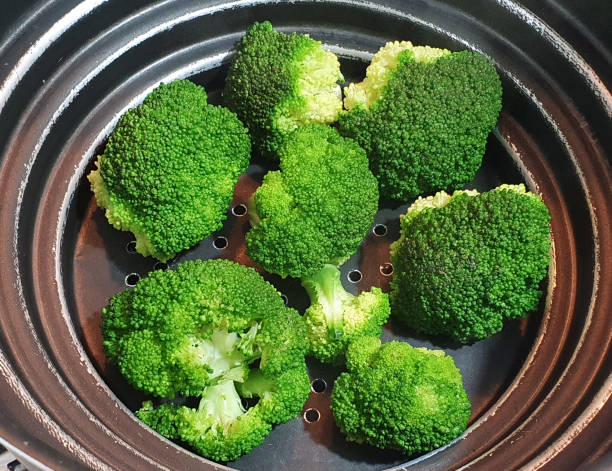
We are familiar with the dim sum dumplings from Chinese cuisine. These are steamed buns with a filling. A special bamboo basket is used for steaming. The steam envelops the food from all sides. This makes everything very even without drying out or watering down. And extra fat is not required for the preparation. And steaming food is also known in Indian and Japanese cuisine.
Steam cooking German dishes
Even far away from the eastern countries, our grandmothers already knew the principle. For example, a bowl or pot of water was also placed in the oven to cook roasts or bake bread. This should keep the roast nice and juicy. Sometimes vegetables or dumplings were also reheated using steam. Also, note our tips for cooking potatoes with instructions and cooking tests.
How does steam cooking work?
There are different types of cooking and cooking methods with water. There are two different methods of cooking with steam. On the one hand, there is steam cooking and on the other hand, the so-called pressure cooking. There are simple basic rules for steam cooking: Up to 95% is cooked at 100 degrees Celsius. A few exceptions would be, for example:
- Fish for which a cooking temperature of 75 to 85 degrees Celsius is sufficient to prevent the protein from flocculating.
- For sausages (Bockwurst, Wiener, etc.), a temperature of 90 degrees Celsius is enough to prevent them from bursting.
- A soufflé should be prepared at 90 to 100 degrees Celsius.
- Chocolate melts perfectly at 60 degrees Celsius
Difference between steam cooking and pressure cooking
In contrast, with pressure cooking, the cooking temperature rises to 20 degrees. You also need a pressure cooker that generates overpressure. Thus, the preparation with the pressure cooking is faster. Consequently, we have summarized both methods in an overview. Also, note good ideas for a quick dinner.
The advantages of the steam cooker
The steamer has many uses. So it’s a clever helper in the kitchen that you should have. Here are the advantages at a glance:
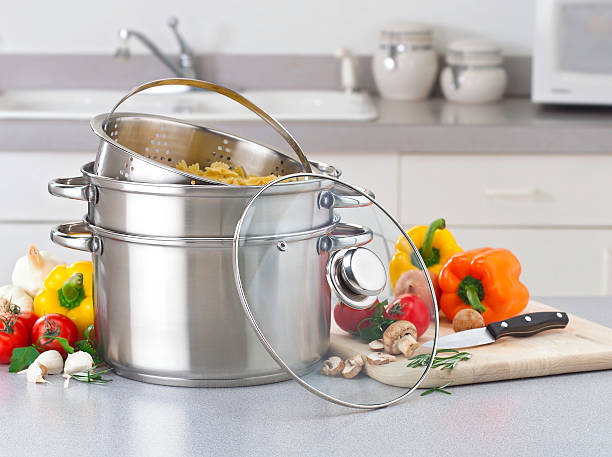
- Almost all foods can be prepared with it. Whether vegetables, potatoes, fish, or meat, everything can be cooked gently and deliciously.
- Glasses can be sterilized in the steamer. Accordingly, its various possible uses make a purchase worthwhile.
- Important nutrients such as vitamins and minerals are retained. Cooking with steam is very gentle and water-soluble nutrients are not lost.
- Nothing can burn or overcook in the steam cooker. Most of the time you can set the required time. This makes cooking easier.
- The steam cooker saves energy. This works because you can steam different foods at the same time. Because no taste or smell is transferred.
- Steamed food is also an eye-catcher. Flavour, color, and consistency are retained better because water cannot wash out the food.
- Thaw frozen food again. If you want to defrost faster, you can use the steamer for this. This is also very uncomplicated.
- You can use this to juice fruit. If you already have a steamer, you don’t need an extra juicer for your fruit. Because you can just as easily juice your fruit with the steamer.
- Sweet and salty can cook at the same time. Because the aromas are not transferred during steam cooking in the appliance. As a result, you save time in preparation.
- You can use it to prepare terrines and desserts just as well. Because you can not only prepare the usual dishes, such as vegetables or meat with it.
- Keeps food warm very well. Not only the warming up of food but also keeping it warm works effortlessly with a steam cooker.
Buy a steamer
Of course, steaming also works in a pot with a sieve. There are now many different pots and accessories for cooking with steam. But a special steam cooker can also be worthwhile. This allows you to prepare many different dishes at the same time. So you can cook effortlessly and healthily.

